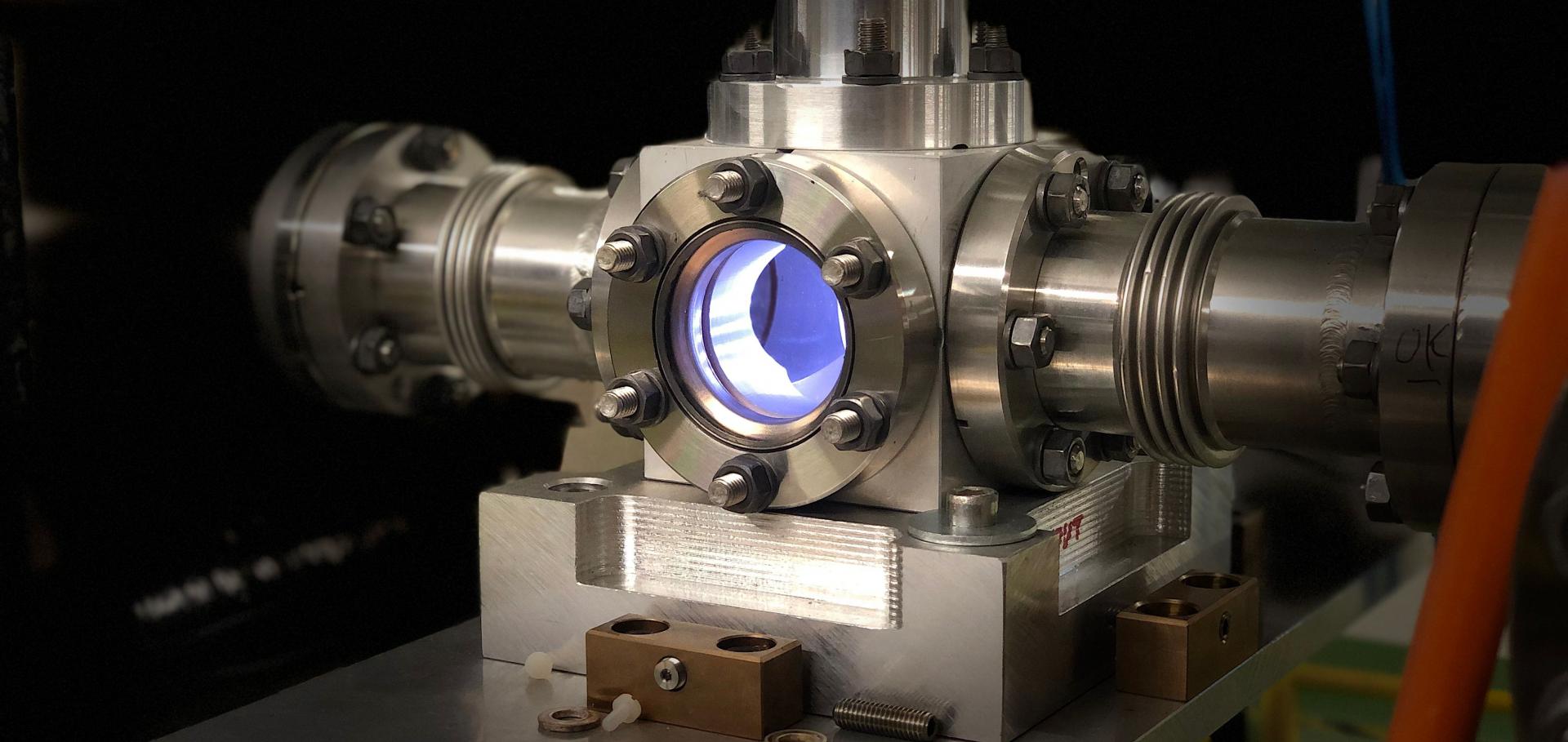Wakefield effects and mitigation techniques for nanobeam production at the KEK Accelerator Test Facility 2
Physical Review Accelerators and Beams American Physical Society 23 (2020) 121004
Abstract:
The ATF2 beamline at KEK was built to validate the operating principle of a novel final-focus scheme devised to demagnify high-energy beams in future linear lepton colliders; to date vertical beam sizes as small as 41 nm have been demonstrated. However, this could only be achieved with an electron bunch intensity $$10% of nominal, and it has been found that wakefield effects limit the beam size for bunch charges approaching the design value of 10 10 e − . We present studies of the impact of wakefields on the production of `nanobeams’ at the ATF2. Wake potentials were evaluated for the ATF2 beamline elements and incorporated into a realistic transport simulation of the beam. The effects of both static (component misalignments and rolls, magnet strength errors and BPM resolution) and dynamic (position and angle jitter) imperfections were included and their effects on the beam size evaluated. Mitigation techniques were developed and applied, including orbit correction, dispersion-free steering, wakefield-free steering, and IP tuning knobs. Explicit correction knobs to compensate for wakefield effects were studied and applied, and found to significantly decrease the intensity-dependence of the beam size.Tuning the ultralow β* optics at the KEK Accelerator Test Facility 2
Physical Review Accelerators and Beams American Physical Society 23:7 (2020) 71003
Abstract:
For future linear colliders, a nanometer-scale beam size at the interaction point (IP) is one of the most challenging technical aspects. To explore the feasibility of a final focus system with a high chromaticity level, comparable to that of the Compact Linear Collider, the ultralow β ∗ optics has been proposed and tuned at the KEK Accelerator Test Facility 2. In this paper, the recent experimental results are presented, which demonstrate the capability of achieving and stabilizing a vertical average beam size of 60 nm and below at the virtual IP. The observed vertical beam size is about 20 nm above the numerical predictions in the presence of static and dynamic imperfections. We interpret this discrepancy as beam size growth due to multipole fields, beam jitters and wakefield effects, and diagnostic errors.The Compact Linear e+e− Collider (CLIC) - 2018 Summary Report
CERN Yellow Reports: Monographs CERN (2018)
Abstract:
The Compact Linear Collider (CLIC) is a TeV-scale high-luminosity linear e+e- collider under development at CERN. Following the CLIC conceptual design published in 2012, this report provides an overview of the CLIC project, its current status, and future developments. It presents the CLIC physics potential and reports on design, technology, and implementation aspects of the accelerator and the detector. For an optimal exploitation of its physics potential, CLIC is foreseen to be built and operated in stages, at centre-of-mass energies of 380 GeV, 1.5 TeV and 3 TeV, respectively, for a site length ranging from 11 km to 50 km. CLIC uses a two-beam acceleration scheme, in which normal-conducting highgradient 12 GHz accelerating structures are powered via a high-current drive beam. For the first stage, an alternative with X-band klystron powering is also considered. CLIC accelerator optimisation, technical developments and system tests have resulted in significant progress in recent years. Moreover, this has led to an increased energy efficiency (power around 170MW) for the 380 GeV stage, together with a reduced cost estimate at the level of 6 billion CHF. The detector concept, which matches the physics performance requirements and the CLIC experimental conditions, has been refined using improved software tools for simulation and reconstruction. Significant progress has been made on detector technology developments for the tracking and calorimetry systems. A wide range of CLIC physics studies has been conducted, both through full detector simulations with overlay of beaminduced backgrounds, and through parametric studies, together providing a broad overview of the CLIC physics potential. Each of the three energy stages adds cornerstones of the full CLIC physics programme, such as Higgs width and couplings, top-quark properties, Higgs self-coupling, direct searches, and many precision electroweak measurements. The interpretation of the combined results gives crucial and accurate insight into new physics, largely complementary to LHC and HL-LHC. The construction of the first CLIC energy stage could start by 2026. First beams would be available by 2035, marking the beginning of a broad CLIC physics programme spanning 25–30 years.ER@CEBAF - A High Energy, Multi-pass Energy Recovery Experiment at CEBAF
(2016)
Surrogate spacer grid design for fluid–structure interactions studies in fuel bundles
Proceedings of the 16th International Topical Meeting on Nuclear Reactor Thermal Hydraulics American Nuclear Society (2015) 7749-7763


